The Top attractions in Kataragama
Sri Lanka’s Kataragama is revered by Hindus, Buddhists, and the indigenous Vedda people. It is approximately 228 kilometers (142 miles) southeast of Colombo, in the Monaragala District of Uva province.
Kataragama temple is a shrine dedicated to Skanda Kumara, also known as Kataragama deviyo, located in the city. Skanda Kumara is revered by Hindus as the god of war, fertility, and children. In Tamil, he is also known as Murugan.
The Kataragama temple is one of Sri Lanka’s most significant pilgrimage sites. It is said to have been founded in the first century AD by the Indian saint Nagasena. The temple has been destroyed and rebuilt numerous times over the centuries, but it remains an important Hindu, Buddhist, and Vedda place of worship.
In addition to the Kataragama temple, Kataragama contains a number of other religious sites. Included among these are the Buddhist temple of Kiri Vehera, the Hindu temple of Vishnu Devale, and the Vedda shrine of Ruhuna Kataragama Devalaya.
Additionally, Kataragama is a popular tourist destination. The town is home to several national parks, including Yala National Park, and is surrounded by stunning countryside. Kataragama offers visitors a variety of activities, including hiking, wildlife observation, and religious site visits.
Include Kataragama on your itinerary if you are planning a trip to Sri Lanka. It has a rich history and culture and is a fascinating town.
Katragama Map
Top attractions
Ruhunu Maha Kataragama Devalaya
Kataragama devalaya is a top attractions in kataragama. Basically, Kataragama Devalaya is a Hindu shrine where you’ll find numerous statues of the god Kataragama. The Buddhist guardian goddess Kataragama Deviyo and the Hindu War God Murugan are both honored at the Kataragama temple complex in Kataragama, Sri Lanka. Hindu Tamils from Sri Lanka and South India have made grueling foot pilgrimages to the temple for generations. The temple’s priests are referred to as Kapuralas. The most significant one is called Maha Devale or Maha Kovil and is devoted to Skanda-Murugan, also known as Kataragama Deviyo among the Sinhalese.
A tiny shrine to the Hindu god Ganesha, known to Sinhalese as Ganapatidevio, may be found to the left of the larger monument. There are shrines dedicated to Kali, Pattini, Managara Devio, Dedimunda, and Suniyam attached to the complex’s western wall. The Teyvanai shrine is located beyond the temple yard and beyond the northern gate.
Sella Kataragama Temple
The Sella Kataragama is another Top attractions in Kataragama. You must cross the Menik Ganga (river) to get to the Sella Katharagama temple area. Shops selling anything from candy to toys to relics line the path leading from the parking lot to the river. Numerous kovils and devales, such as a Ganapathi Kovil, a Siva Kovil, a Kataragama Kovil, a Valliamma Kovil, a Lakshmi Kovil, and Saman Devalaya, as well as a temple called Mahasen Viharaya, are located on the other side of the river. A visit to Sella Kataragama is typically a permanent fixture on the itinerary of those making the pilgrimage to Kataragama.
Kiri Vehera
One of the sixteen sacred places that Buddha Shakyamuni visited is the Kiri Vehera, popularly known as “the milk stupa,” which is located in Kataragama. One of the most well-known Buddhist pilgrimage places in this country is Kiri Vehera. In the Kiri Vehera, Hinduism and Buddhism are shown to have an amazing partnership. The stupa is located in the Kihir Vehara or garden of the Kihir trees. According to legend, King Mahasena created the stupa in the sixth century. The stupa is 800 meters in circumference and 95 feet tall. All of this makes it a must-visit location for receiving Buddha’s blessings and encourages tolerance and harmony among those of other faiths and sects.
Thissamaharama Rajamaha viharaya
In Tissamaharama, Sri Lanka’s Southern Province, there is a historic Buddhist temple called the Tissamaharama Raja Maha Vihara. It was one of the four significant Buddhist monasteries that were founded in Sri Lanka following the entry of Arhant Mahinda Thera. One of the most well-known tourist destinations in the Kataragama region is Tissamaharama Raja Maha Vihara. It is constantly crowded with visitors because it is one of Sri Lanka’s four existing old Buddhist monasteries. This monastery has been a very well-liked Buddhist enlightenment center since the third century. Visitors to this monastery may also see Tissamaharama Dagoba, the biggest Buddhist stupa in Sri Lanka.
Kataragama festival
The Kataragama of Sri Lanka A procession of elephants and other animals, typical of Peraheras in Sri Lanka, moves from the Temple of Kataragama to other Gods’ temples to the Temple of the Valli Amman. The festivities are attended by followers of many religions, including Sri Lanka’s native Veddahs. They make a gift to the temple after cleansing themselves in the Menik River in Kataragama, Sri Lanka. Some Sri Lankans engage in agonizing acts like swinging from hooks pierced through their skin, rolling around in unclothed near the temple on hot sands, and expanding on red-hot embers. The peacock, God Skanda’s chariot, performs the Kavadi Dance.
Tissa Veva
Tissa Wewa is a reservoir in Tissamaharama, thought to have been constructed in the 3rd century BC, either by Mahanaga of Ruhuna or his successor Yatala Tissa of Ruhuna, in order to irrigate paddy lands and supply water to the flourishing city of Tissamaharama. The current Tissa Wewa embankment is 3.2 kilometers long and 7.6 meters tall. The royal gardens in Tissa get water supplied from this reservoir itself.

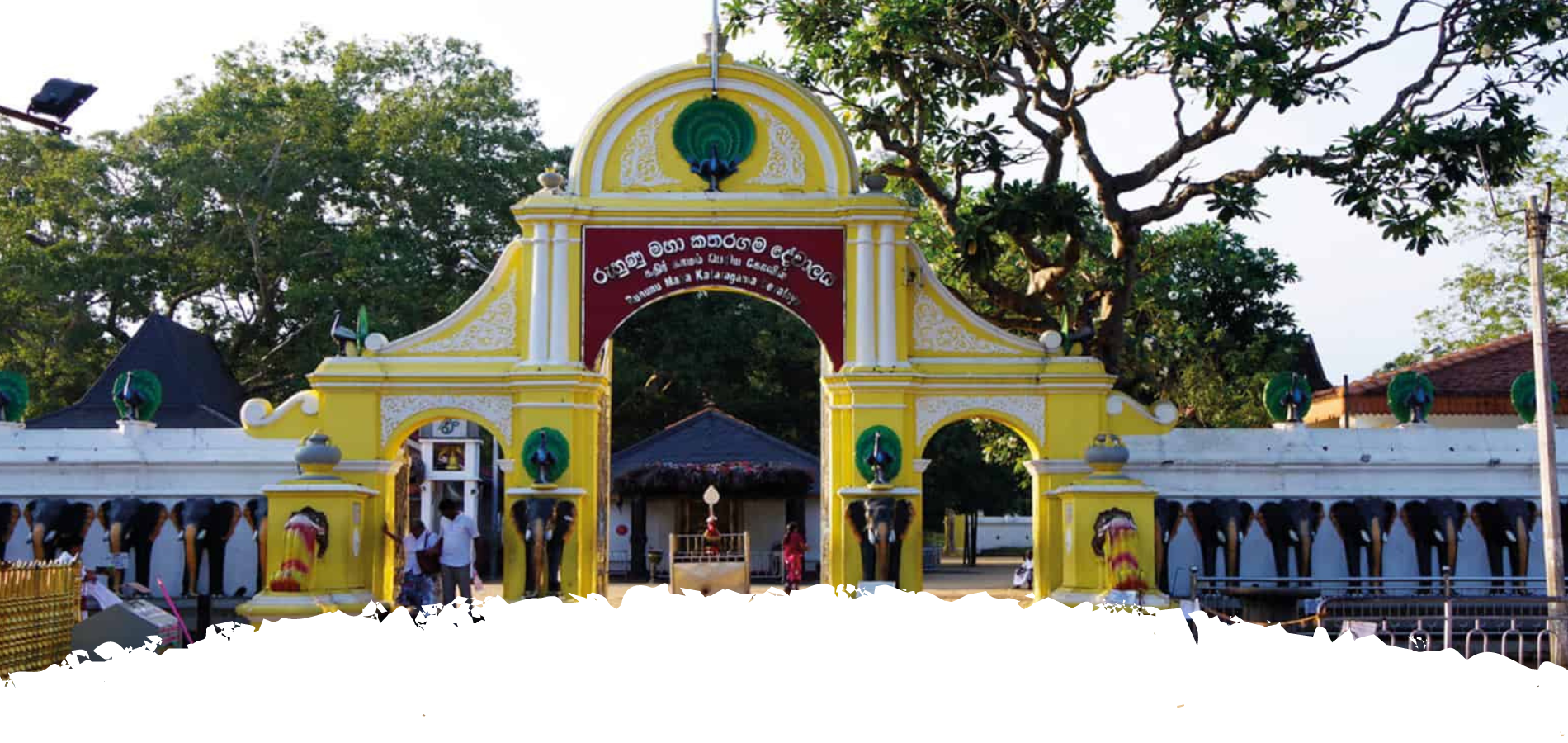

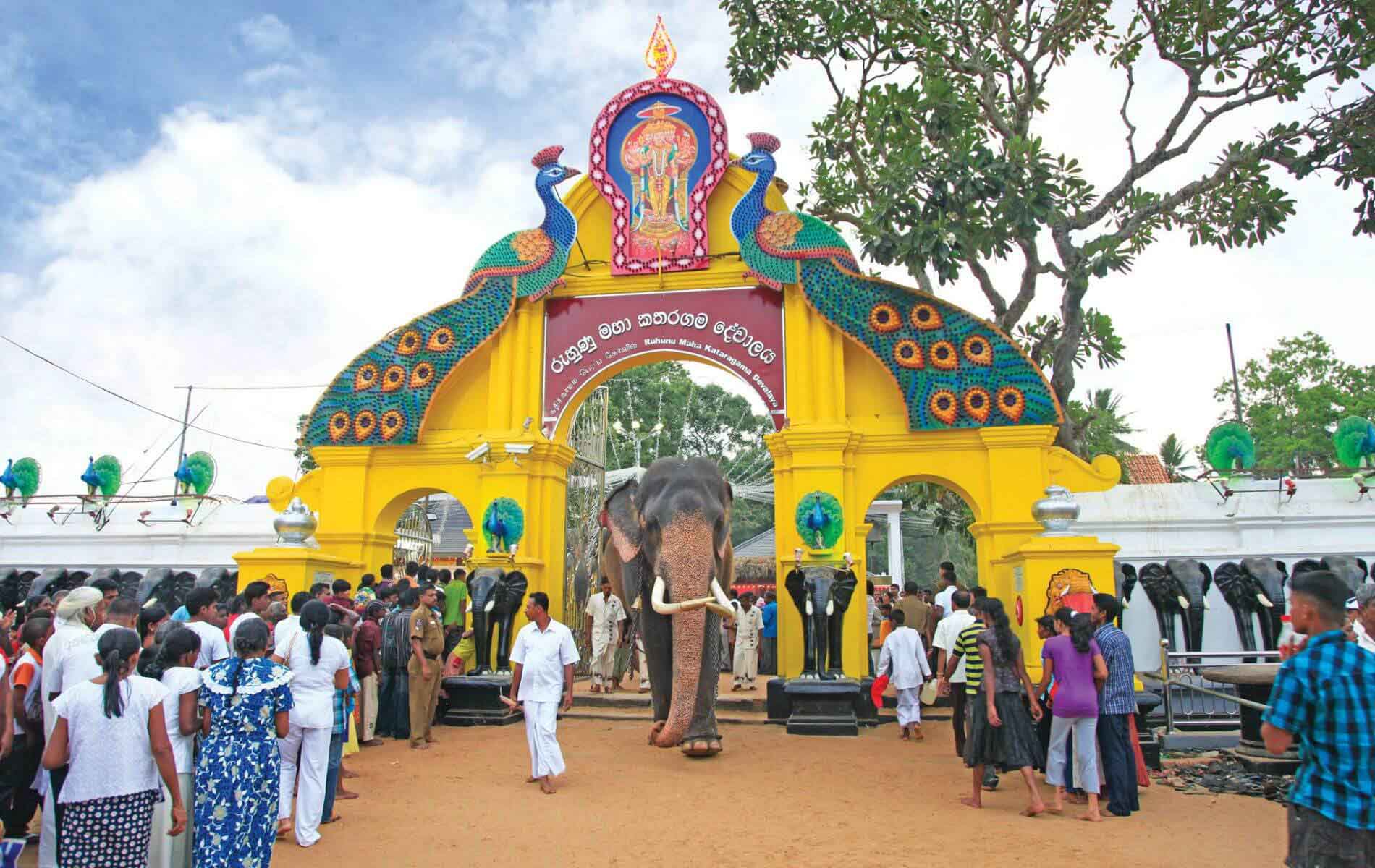
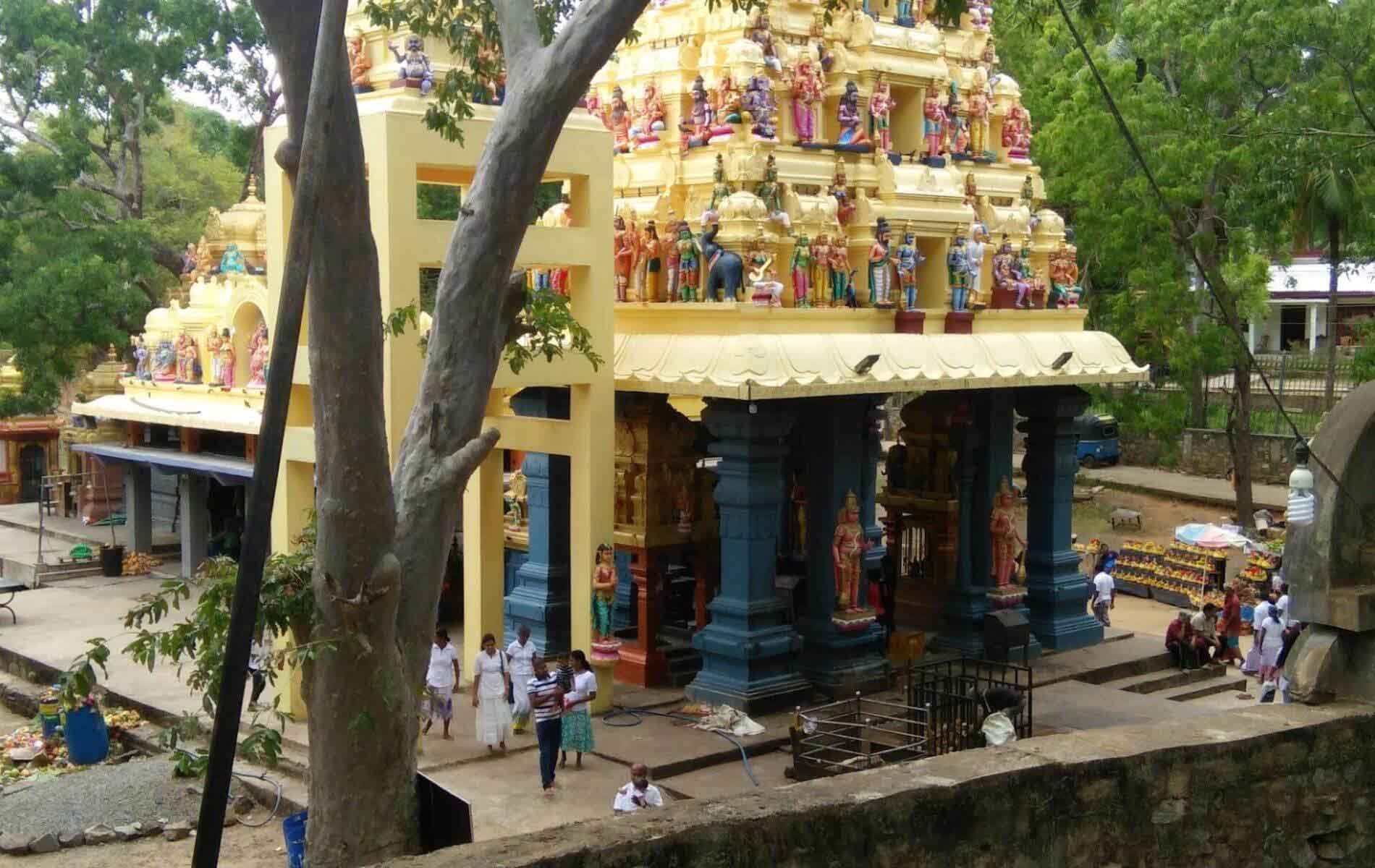
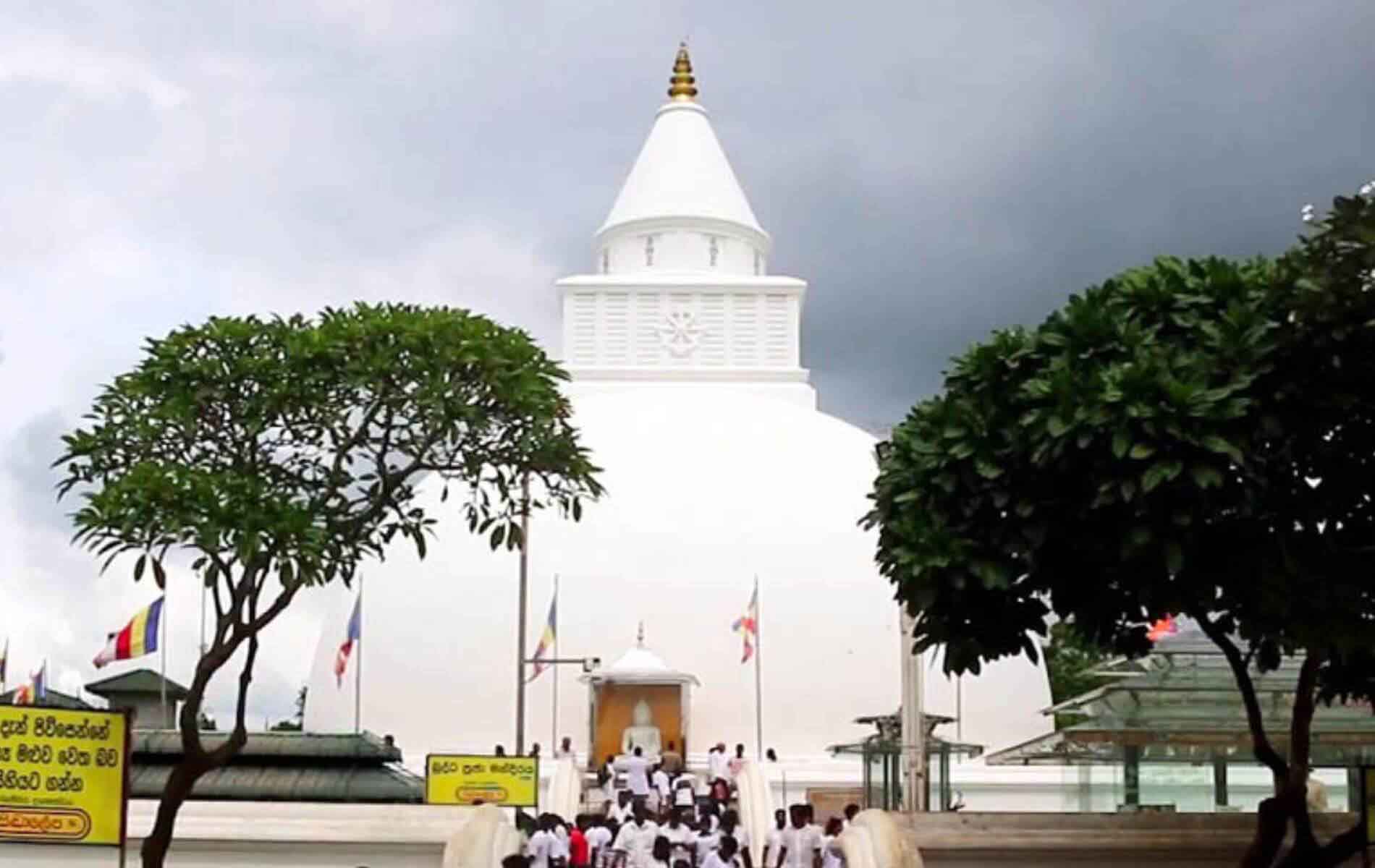
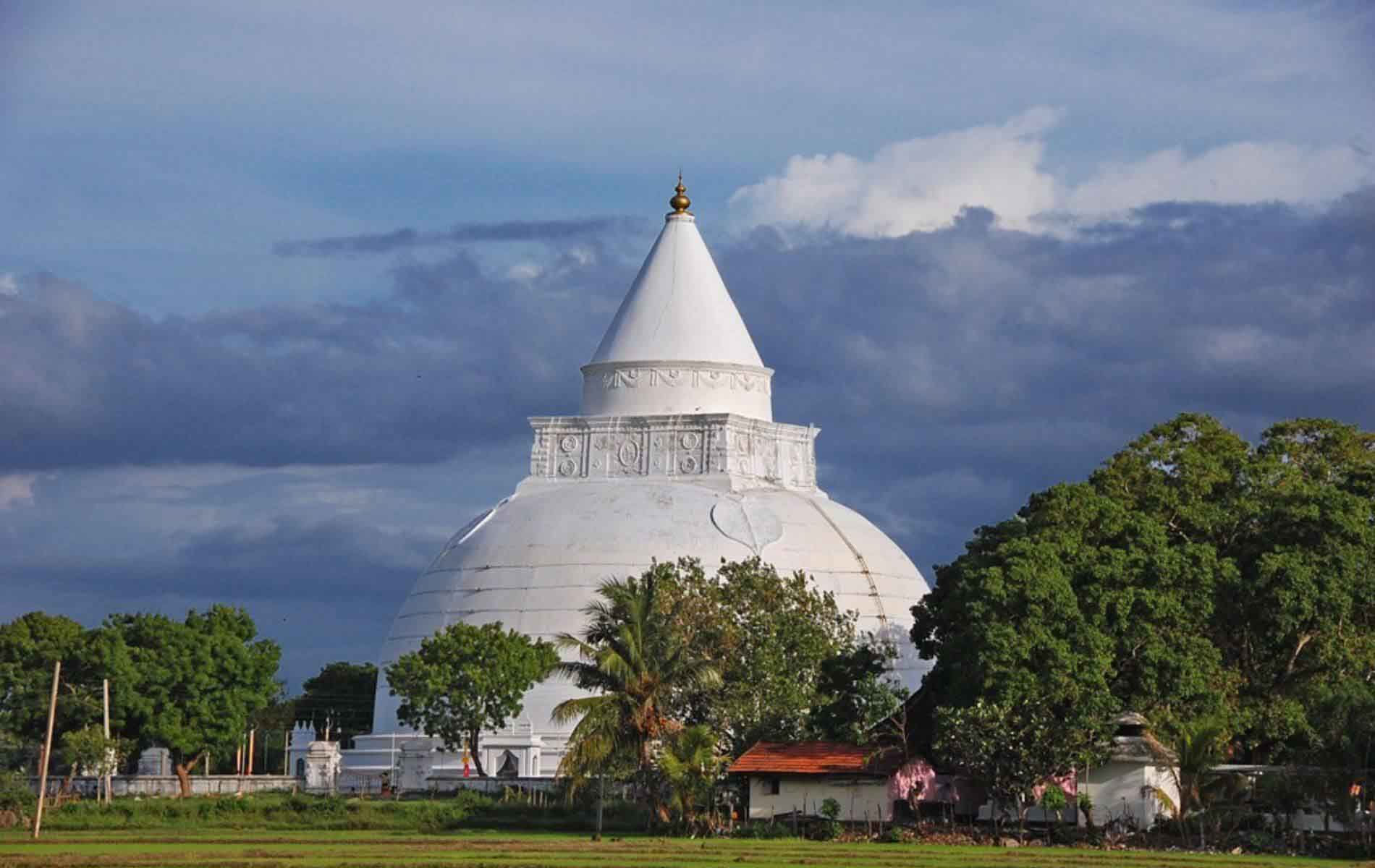
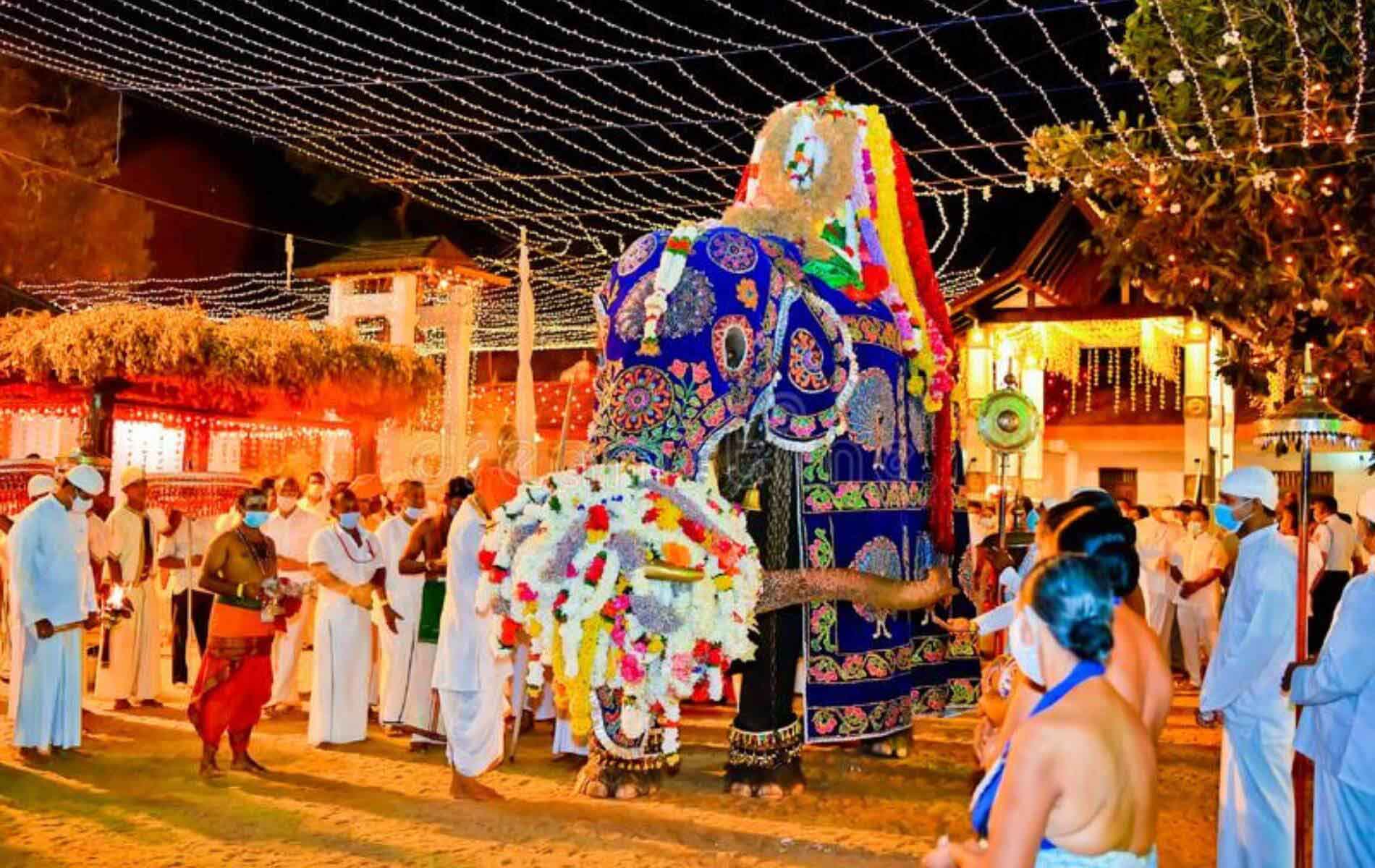
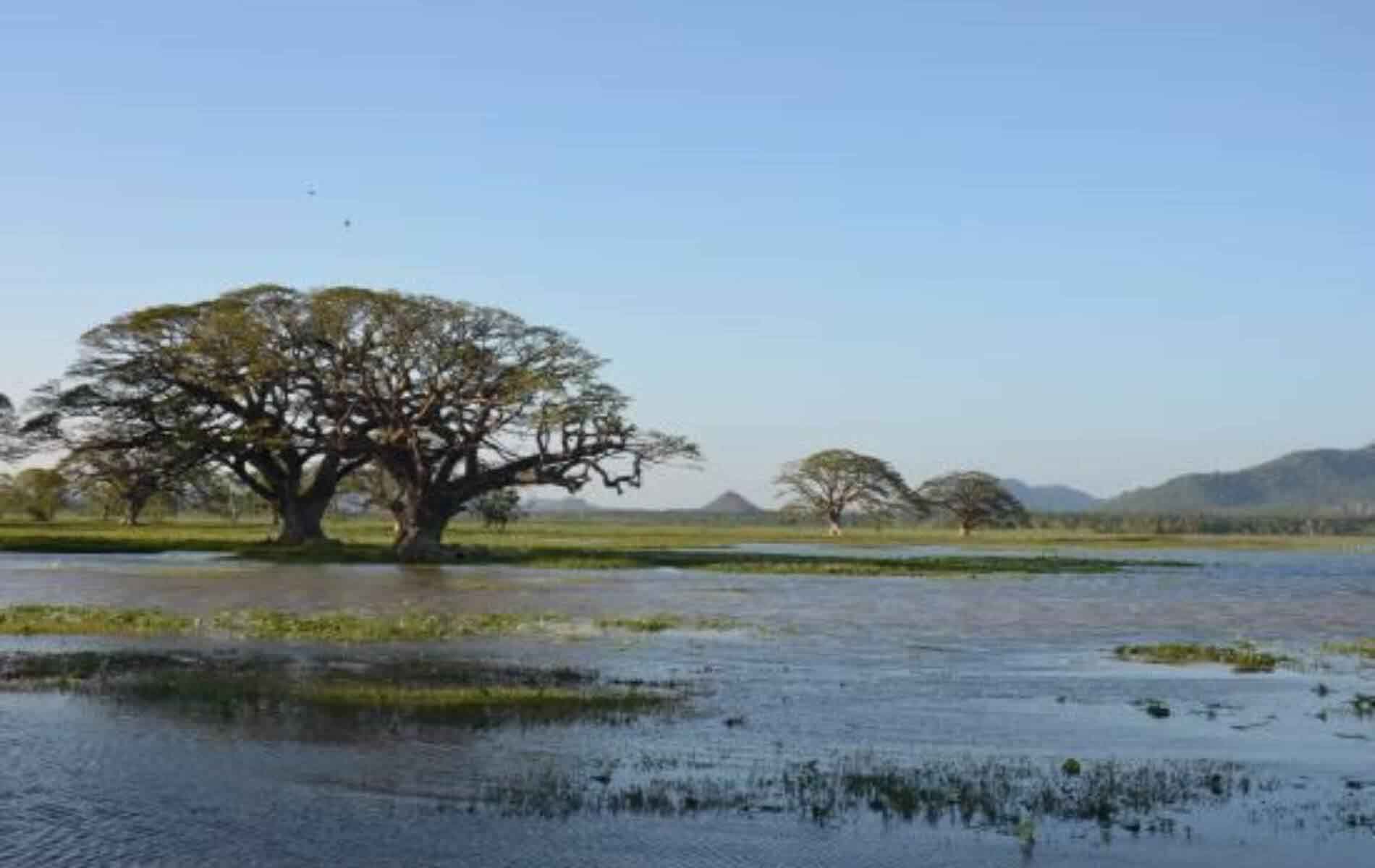
0 Comment